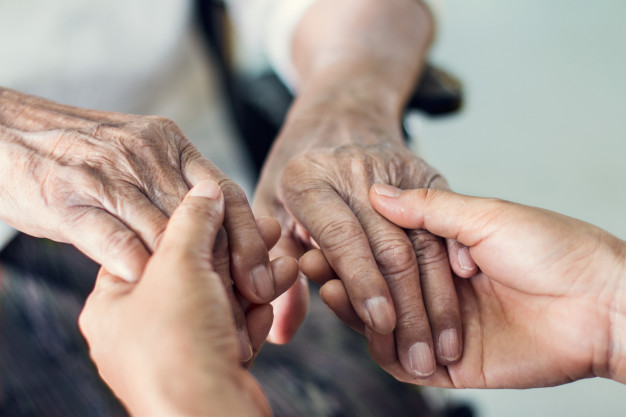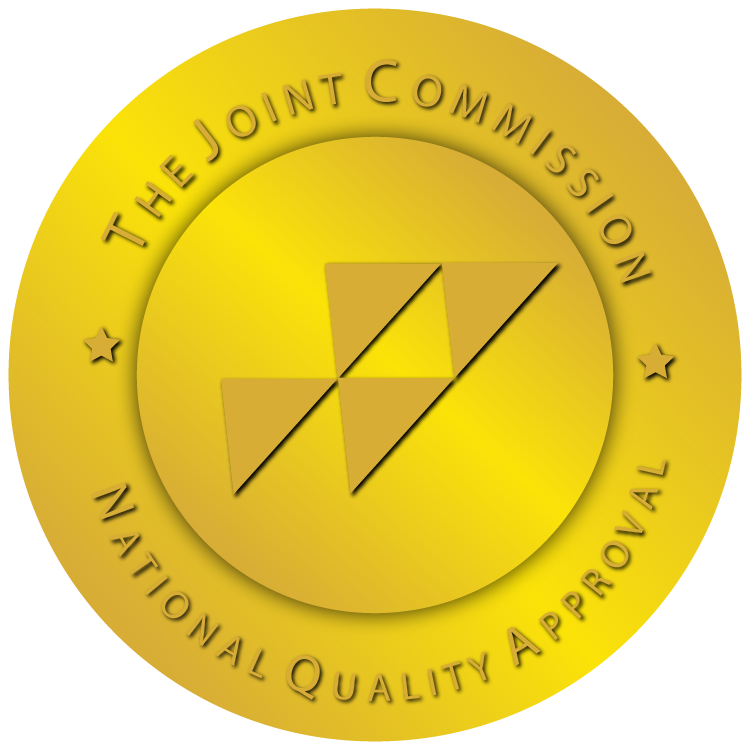Borderline personality disorder (BPD) is a formidable illness, but one that can be treated with psychiatric medications and psychotherapy. The name of this disorder does not provide much insight into what it is like to face this illness. The term was first coined in the 1930s, but the disorder was not well understood until the 1970s. Originally, the symptoms were thought to be on the borderline of other mental diseases, hence the name. However, in 1980, the disorder was recognized as a standalone diagnosis and included in the Diagnostic and Statistical Manual of Mental Disorders (then in its third edition).
There are numerous characteristics associated with BPD, but its main hallmarks are instability in interpersonal relationships, shifting self-image/self-identity, and volatile emotions. Additional symptoms include:
- Rapid mood fluctuation
- Feelings of emptiness/being identity-less
- Impulsivity
- Risky behaviors, like promiscuity
- Extreme sensitivity to outside influences
- Suicidal behavior
- Feeling intense abandonment
- Shallow relationships
The stress this illness presents to relationships bears further discussion. A person with BPT does not possess a refined level of innate interpersonal skills. As a rule of thumb, relationships require time to build trust and understanding. But a person with Borderline Personality Disorder most often has her own relationship timeline, one that does not sync up to reality and human nature.
“I Hate You – Don’t Leave Me”
First published in 1989, the book I Hate You – Don’t Leave Me: Understanding the Borderline Personality, articulates the experience of this disorder from the inside out. The title communicates the push-and-pull emotional nature of those with this disorder. The book is considered to be the first, or among the first, to bring this disorder to public light. In the time since the release of the book, research has grown and developed to the point where this disorder is now part of the public consciousness, at least in name. But little is actually known about BPD compared to more commonly known disorders, such as bipolar disorder and schizophrenia.
The lack of public understanding of Borderline Personality Disorder does not reflect the prevalence of this disorder. As I Hate You – Don’t Leave Me notes, approximately 10 percent of all outpatient psychiatric admissions, and 20 percent of all inpatient ones, is for treatment of BPD. Of all persons admitted for psychiatric treatment, an estimated 15-25 percent have a BPD diagnosis.
But what does the world look like to a person with BPD? As the book discusses, persons with BPD are prone to see the world in black and white, missing the many shades and nuances of human interaction. This process is called “splitting.” As mentioned, those with Borderline Personality Disorder have a tendency to adore and then demonize others, “split” them into two categories, which in turn pushes people away, and leads to the person with BPD experiencing social isolation. This isolation is uncomfortable, and the person with BPD invariably initiates new relationships, which only repeat the splitting pattern.
To further elaborate on the experience of BPD, I Hate You – Don’t Leave Me discusses a clinical case of a woman named Jennifer. Her outward appearance at work, where she is a corporate manager, would not suggest to the naked eye that she has Borderline Personality Disorder. But in the secure confines of her psychologist’s office, the diagnosis proves accurate. Jennifer had long felt as if she was “faking” her way through life and chose a husband who provided an identity for her, telling her how to dress, what to eat, and even how to walk. Rather than develop an identity, it seemed as if Jennifer had a repertory of roles – personalities she could wear like costumes. Her interpersonal relationship with her psychotherapist showed the hallmarks of BPD disorder. For instance, her appearance would alter dramatically; at times she would wear a professional suit, having been at work, but on days off, she would braid her hair like a child, wear shorts and knee socks, and assume the voice of a child. Jennifer’s profile provides an insight into how BPD impacts a person at every level.
BDP And Substance Abuse
According to a review of relevant research published in the scholarly journal Innovations in Clinical Neuroscience, having one or more psychiatric disorders increases the likelihood of also having a history of substance dependence. This association is especially strong when the psychiatric disorder is BPD. Based on eight separate studies, the reviews found that BPD was prevalent in substance abuse disorder in 14-72 percent of cases. To reconcile the wide range of these findings (the studies of current rates were all lower than the studies of lifetime rates), researchers calculated that on average 44.3 percent of persons with BPD were current or prior substance abusers. This finding is insightful from a diagnostic and treatment perspective. As almost half of the people with BPD may have a substance abuse disorder, screening for drug abuse should likely co-occur with a diagnosis of BPD.
The reviewers further considered whether there is an association between BPD and prescription pill abuse. One study, based on 419 outpatient clients, found that 9.2 percent self-reported prescription drug abuse. This group of study participants was significantly more likely to have BPD. An additional study of persons with Borderline Personality Disorder who had a history of prescription medication abuse found that there was not an appreciable difference in terms of gender. This finding is not surprising when considering that while men tend to have substance abuse disorders more than women, women tend to abuse prescription medications more than men. The goal of the findings is to improve the detection and treatment of co-occurring BPD and substance abuse.
Treatment
Writing for PsychCentral, Dr. David Sack, a board-certified addiction psychiatrist, similarly notes that studies have found that 50-70 percent of persons with BPD also have a co-occurring substance use disorder. But why? What is it about the BPD profile that makes it more likely that the person will also abuse alcohol or other drugs? While BPD is a complicated mental illness, one thing is clear – the impulsivity that characterizes it also contributes to substance abuse.
It is well documented and observed that people with BPD are particularly prone to engage in risky and self-injurious behavior. The tendencies of this disorder perversely dovetail in a near-perfect way with the conditions conducive to substance abuse. It should come as no surprise, therefore, that those with BPD may also over-spend, binge eat, and engage in promiscuous sexual behaviors. Like substance abuse, these are pleasure-seeking behaviors that involve short-term thinking and do not take into account long-term consequences. Calculating and managing risks are not innate and well-developed life skills for the person with BPD.
From a treatment perspective, people with BPD present numerous complications. Substance abuse presents an additional complication. For instance, one study of people with BPD in a detox program found that they were significantly more likely than fellow patients to unexpectedly exit the program before completion. People with BPD and substance abuse are described as simultaneously demanding and rejecting treatment. As discussed, those with BPD have sudden mood shifts and can go from loving their caregivers to vilifying them. This behavior can and does, manifest in the treatment context.
There are various additional reasons why it may be difficult for clinicians to treat a person with BPD and substance abuse disorder, including:
- Interpersonal problems with the therapist, which only the most qualified and experienced therapists may be able to successfully work through, may exist.
- Difficulty in working therapeutically with a group, which is a cornerstone of treatment, may be present.
- A treatment team is often necessary to devise an effective, multi-dimensional treatment plan.
- Relapse prevention efforts must be nuanced and comprehensive enough to address not only substance abuse but also risky behaviors, such as refusing to take prescribed psychiatric medications.
Circle of Hope is professionally staffed and exceptionally equipped to treat co-occurring substance abuse and mental health disorders. Our rehab services are based on scientifically proven methods designed to provide our clients with every opportunity for successful long-term recovery. Call us today to learn more.




